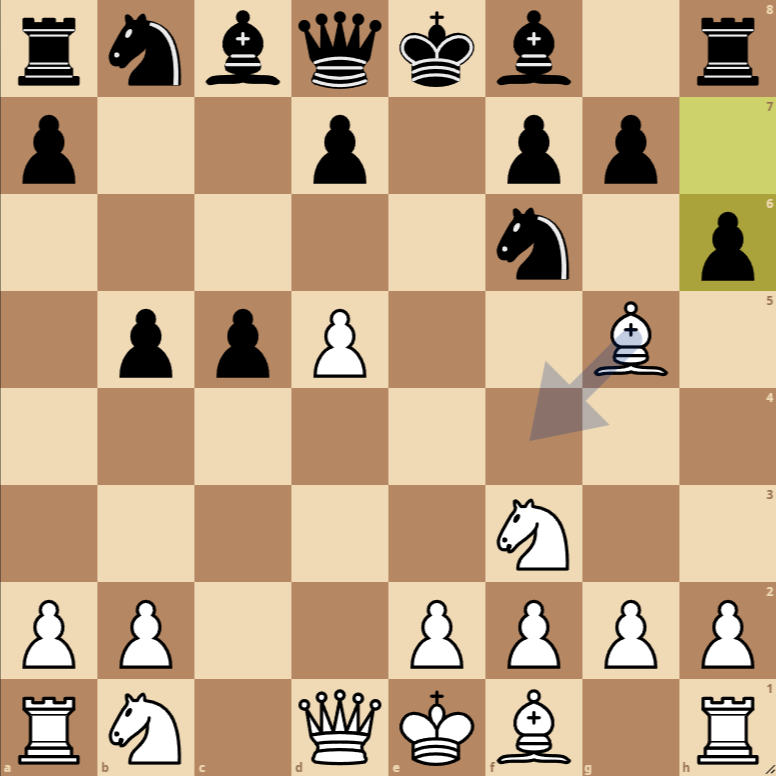How to Play the Blumenfeld Countergambit Spielmann Variation
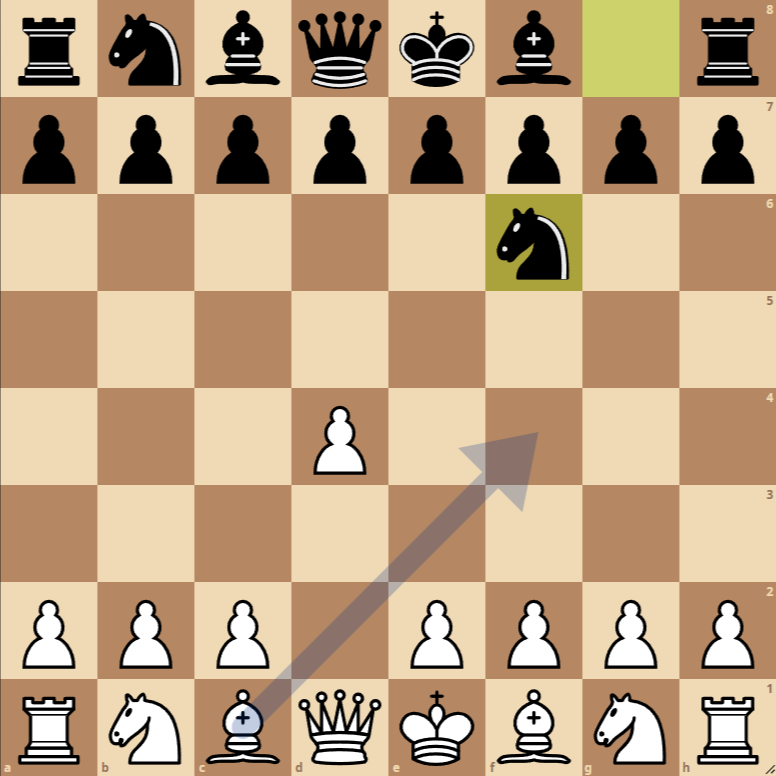
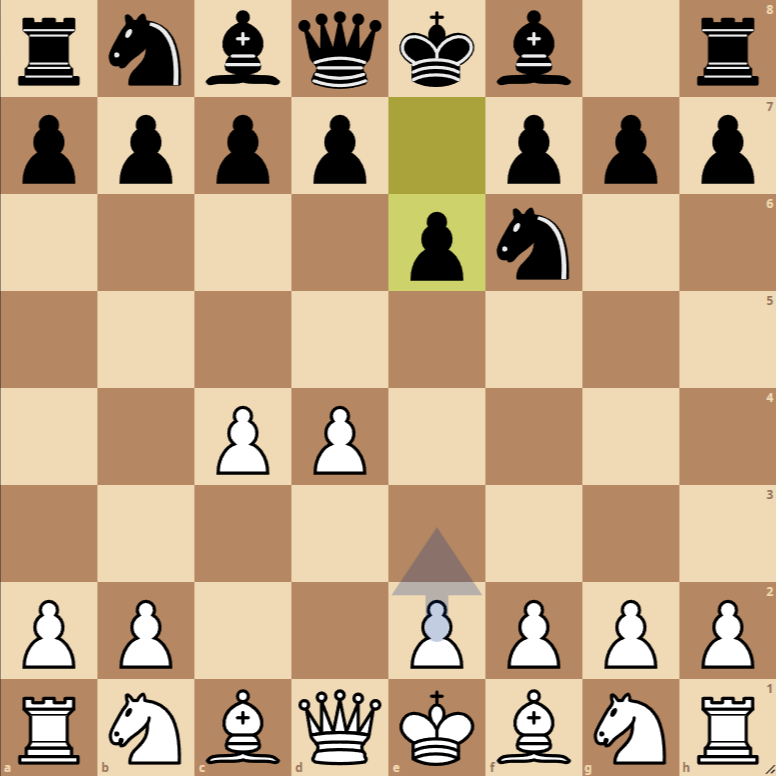
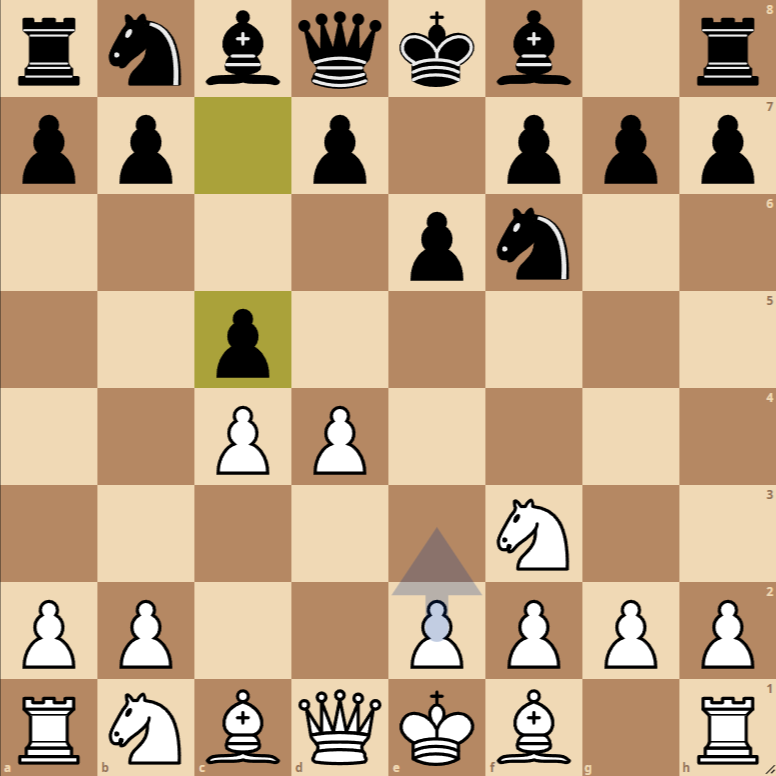
- 1. d4 Nf6: White starts with the pawn to d4, aiming to control the center and open lines for their minor pieces. Black responds with Nf6, developing a knight to control the center and preparing for future actions on the kingside or center.
- 2. c4 e6: White plays c4, reinforcing their control of the center and preparing the path for the development of the light-squared bishop. Black responds with e6, seeking flexibility and supporting the d5 advance to counter White’s center.
- 3. Nf3 c5: White develops a knight to f3, supporting the center and preparing for castling. Black plays c5, challenging White’s center and aiming to activate their dark-squared bishop.
- 4. d5: White advances the pawn to d5, aiming to gain space and restrict Black’s knight on f6.
- 5. b5: Black plays b5, a counterattack on the queenside, initiating the Blumenfeld Gambit itself. This move aims to expand play on the queenside and pressure White’s center from the flank.
- 5. Bg5 exd5: White develops their bishop to g5, putting pressure on the knight on f6 and preparing for possible exchanges that may open up the position. Black captures the pawn on d5, accepting the compromised pawn structure but aiming to activate their pieces and contest the center.
- 6. cxd5 h6: White captures the pawn on d5 with the c pawn, maintaining their spatial advantage in the center. Black plays h6, challenging the bishop on g5 and looking to free their game without wasting time on piece development.
Blumenfeld Countergambit Spielmann Variation Variations
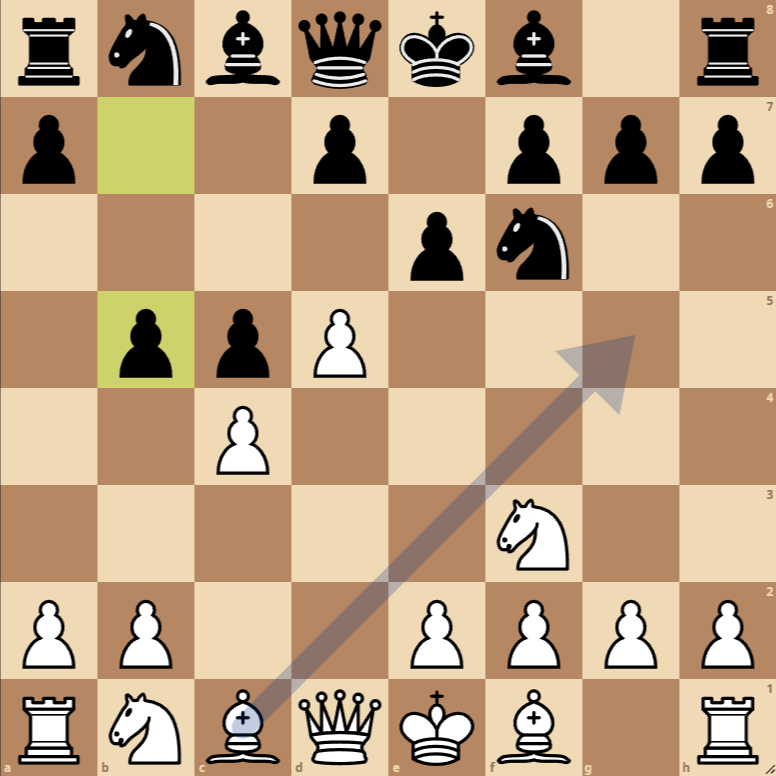
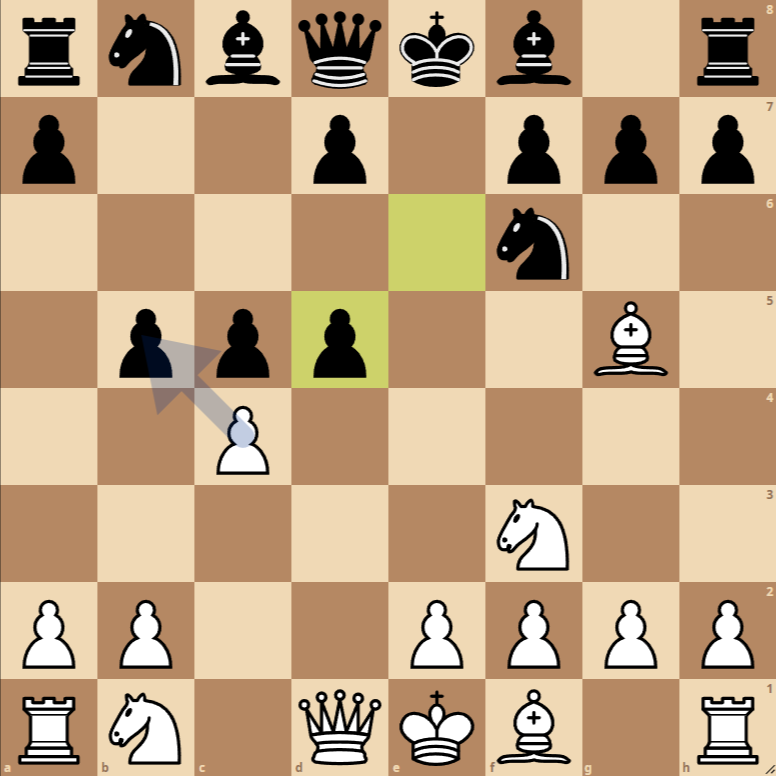
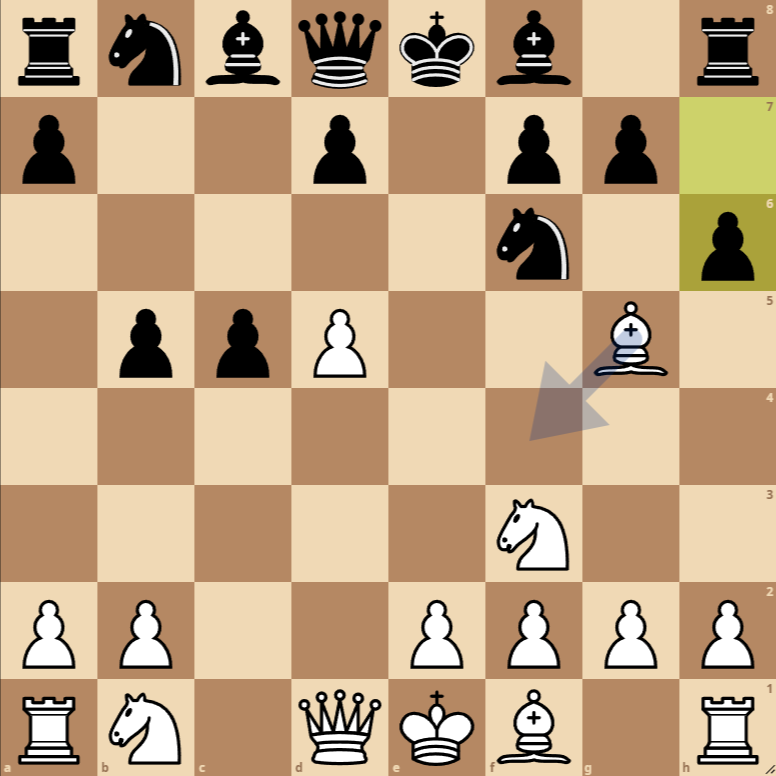
Early Variations with 4…d6 or 4…g6
Instead of advancing with b5 directly, Black can opt for more conservative moves like 4…d6, preparing a central advance with e5, or 4…g6, with the idea of fianchettoing the bishop and controlling the light squares. These variations aim for a more positional and less pawn structure-committed game.
Alternative White Responses to 5…b5
In response to the b5 advance, White may consider moves other than directly accepting the gambit, such as playing a4 to challenge Black’s pawn advances on the queenside or even maintaining the tension in the center without capturing on d5 immediately, seeking to maximize pressure on Black’s pieces and the center.

